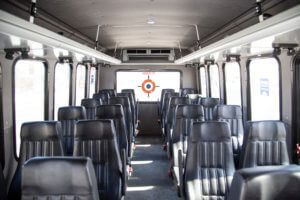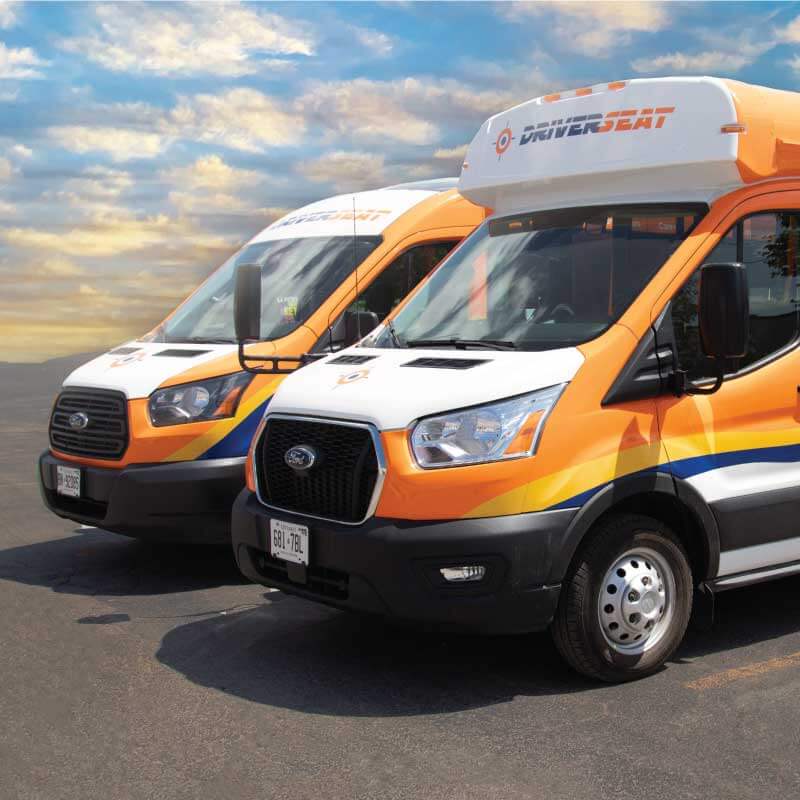What is Microtransit?
Microtransit is a more demand-responsive transit system

Microtransit is a term most members of the public don’t know, but it’s growing into a significant industry buzz. When public transit is mentioned, most of us think of large city buses, subways, trains and streetcars on set routes. The challenges with this model in some regions are that:
- High percentages of population live a significant distance from fixed routes
- Passengers traveling longer distances often make several transfers causing travel time to be extended
- Large buses are often well under capacity, causing a much higher cost per seat for operation, therefore keeping transit budgets high
Communities
What about smaller communities and rural areas? The above 3 points make funding a transit system less feasible for them. Not only do smaller communities have a lower tax base (municipal revenue), residents often have to leave these communities to access medical treatment, employment, amenities and entertainment. As a result, this population segment relies on expensive and less energy-efficient modes of transportation. Enter microtransit.
Efficient
Microtransit is a more demand-responsive transit system that can be designed to supply flexible scheduling, vehicles sized for community needs and the agility to adjust for swings in demand. These systems can increase service levels to the community, optimize costs, and quickly respond to community changes as it grows.
There are three primary microtransit strategies:
- Fixed route on a fixed schedule
- Fixed route with flagged stops
- Dynamic on-demand routing
History
Microtransit’s history in around North America goes back decades. It became a more visible and workable solution for municipalities around 2015. Groups of businesses are also combining their employee shuttle programs in favor of this style of shared employee transportation. As costs continue to increase for residents, businesses, and their communities, subsequently Microtransit is becoming an alternative with growing demand. As a result, federal, state and provincial governments are subsidizing and incentivizing this model.
Smaller communities are implementing Microtransit as their primary public transit solution. Larger municipalities are implementing it as an extension or expansion of their existing systems. In all cases, Microtransit systems have a higher vehicle and seat utilization rate making it a more cost effective solution compared to buses, street cars and rail.
As a result, this is a potential growth opportunity for our Franchise Partners across the Driverseat network. In fact, some of our newest terminal owners are working toward delivering programs in their communities, building on their expertise in our consumer-facing services.
Are you interested in exploring a Driverseat Franchise as your next small business? You can submit our inquiry form or book a 20 minute introductory call with a member of our team.
Please share this article!




